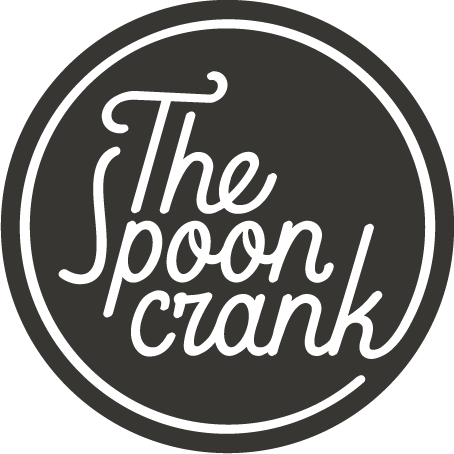Wanna join the team?
If you’re interested in selling your spoon blanks or spoon carving tools or just to share your spoon carving adventures via our blog feel free to apply.

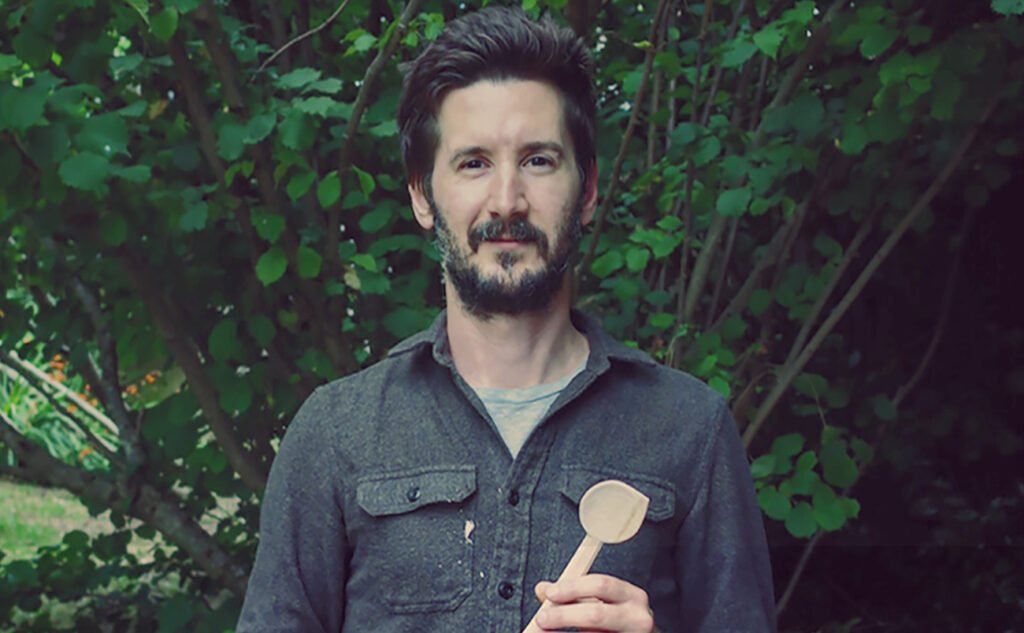
I started in early 2014 but but it became more than just a hobby about 3 years ago.
I wanted an excuse to buy an axe! I was working in conservation, so had lots of fresh wood available to me, and had a friend who had carved a few spoons so I thought I’d give it a go. Needless to say, I got hooked and have been doing it ever since! I still get all of my wood from local conservation projects.
I mostly use Instagram these days, it’s a great platform to share my work and connect with other people who, in the pre-social media days, I’d never know about. I also have a website from which I send out regular newsletters to keep people up to date with new products, blog posts, giveaways and lots more.
She is incredibly supportive and has an excellent eye so she’s my last line in quality control! As long as I don’t leave wood chips all over the place, we don’t have a problem!
There is no substitute for time and practice. Every spoon carver you admire has put in the hard work, the blood, sweat and tears (literally!) to reach that point. Also, a good axe block is a real game changer!
I like to paint some of my spoons. I use milk paint, which is really quick drying and comes in some lovely, earthy colours that match wood beautifully. Whether I paint the spoons or leave them natural, I always treat them with pure linseed oil.
Every tool is equally important as they all play a vital role, but I do enjoy swinging the axe about!
I love the finishing cuts. Just a few tiny cuts and details can transform a pretty rough looking spoon in to something much more elegant and refined.
I use wet-and-dry sandpaper for my knives (on a flat block of wood for the sloyd knife and rolled up for the hook knife) and I have a stone I use for the axe. Then I use a leather strop to finish everything.
My wood is all a by-product of local conservation work. Foraging my own wood and knowing exactly where it came from and the reason the trees were felled is very important to me. I’ll never cut down a tree just for the wood.
I have a great little space at home where I do most of my work.
Why do the French only need one egg for breakfast? Because in France, one egg is “un oeuf”.
It hurts, don’t do it again!
It’s mostly spoons, but I also turn bowls on the pole lathe.
My most used spoon is one of my old ones. It’s a soup spoon but I use it for all sorts of things. It’s made from apple wood, is sanded (I used to sand all of my spoons) and has a pyrography detail on the handle. The only two knives I use are the Mora 106 and a Fawcett blade made by Nic Westermann
Unlike a lot of spoon carvers, I own very few tools! Granfors Bruks for the axe, Mora for the sloyd knife and Nic Westermann for the hook knife. I also use a folding bucksaw, made by a very handsome spoon carver by the name of Will Priestley!
Form follows function. A beautiful spoon quickly loses its beauty if it’s not also a pleasure to use.
I do like a good collaboration every now and then. I’ve found that working with someone else, especially outside your own discipline, can be inspiring and influential.
I think it’s a great idea! It’s easy to forget that not everyone has as easy access to wood as I do or a space for axe work. It can also be really helpful to work off someone else’s ‘template’. I’d be really interested to see some of the spoons made from my blanks, I bet some of them end up better than my spoons!
Wherever possible, I use the natural shape of the wood. But in straight-grained wood, I saw a stop-cut and axe down to it from both sides. The crank can be a bit of a daunting prospect for beginners but once you get a good method, it’s not very hard at all!

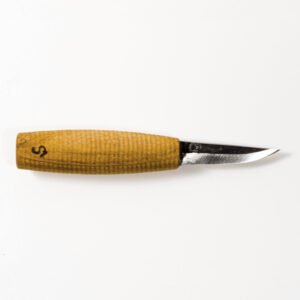
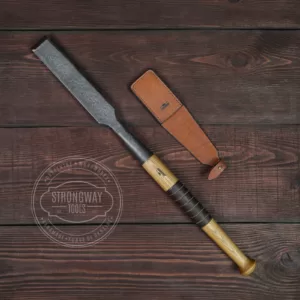
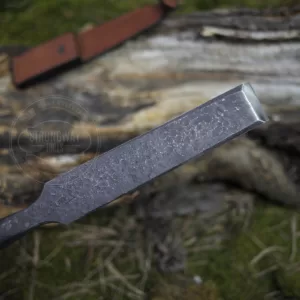
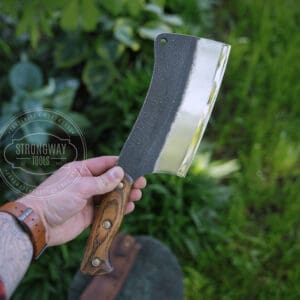
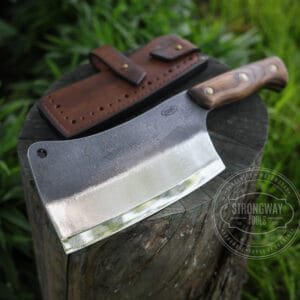
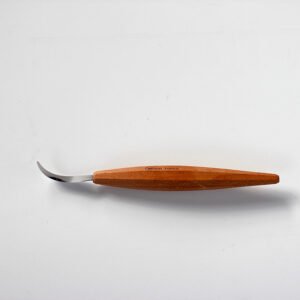
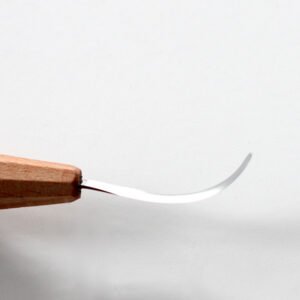
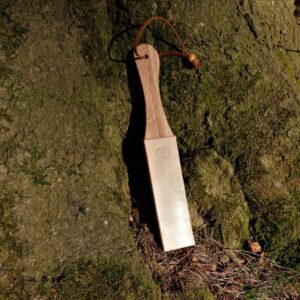
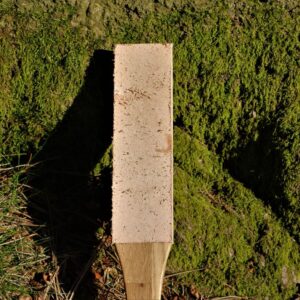
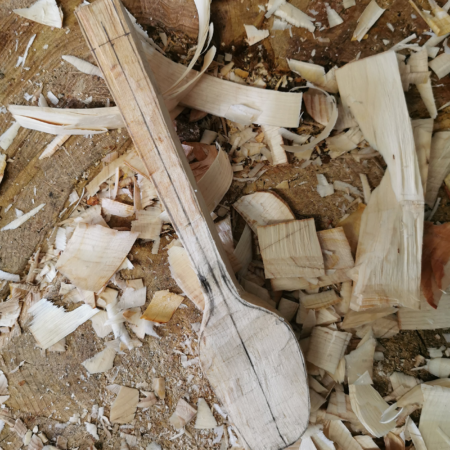
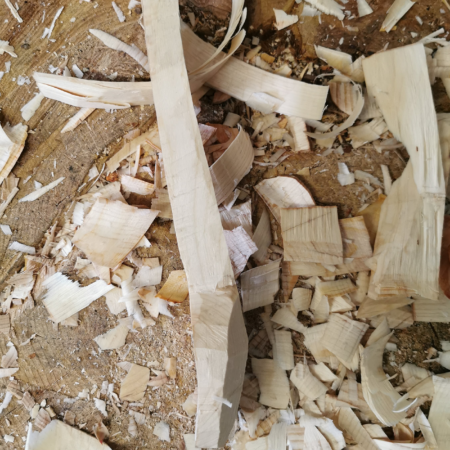
If you’re interested in selling your spoon blanks or spoon carving tools or just to share your spoon carving adventures via our blog feel free to apply.
|
|
Thank you for Signing Up |






Enter below the tracking number of your order to track it.
